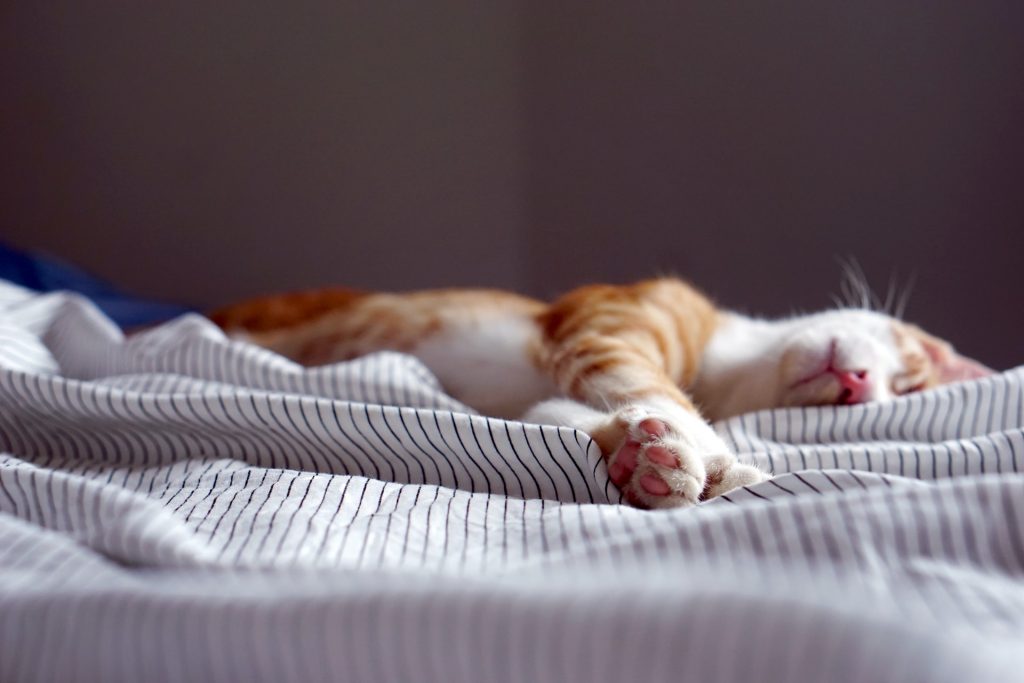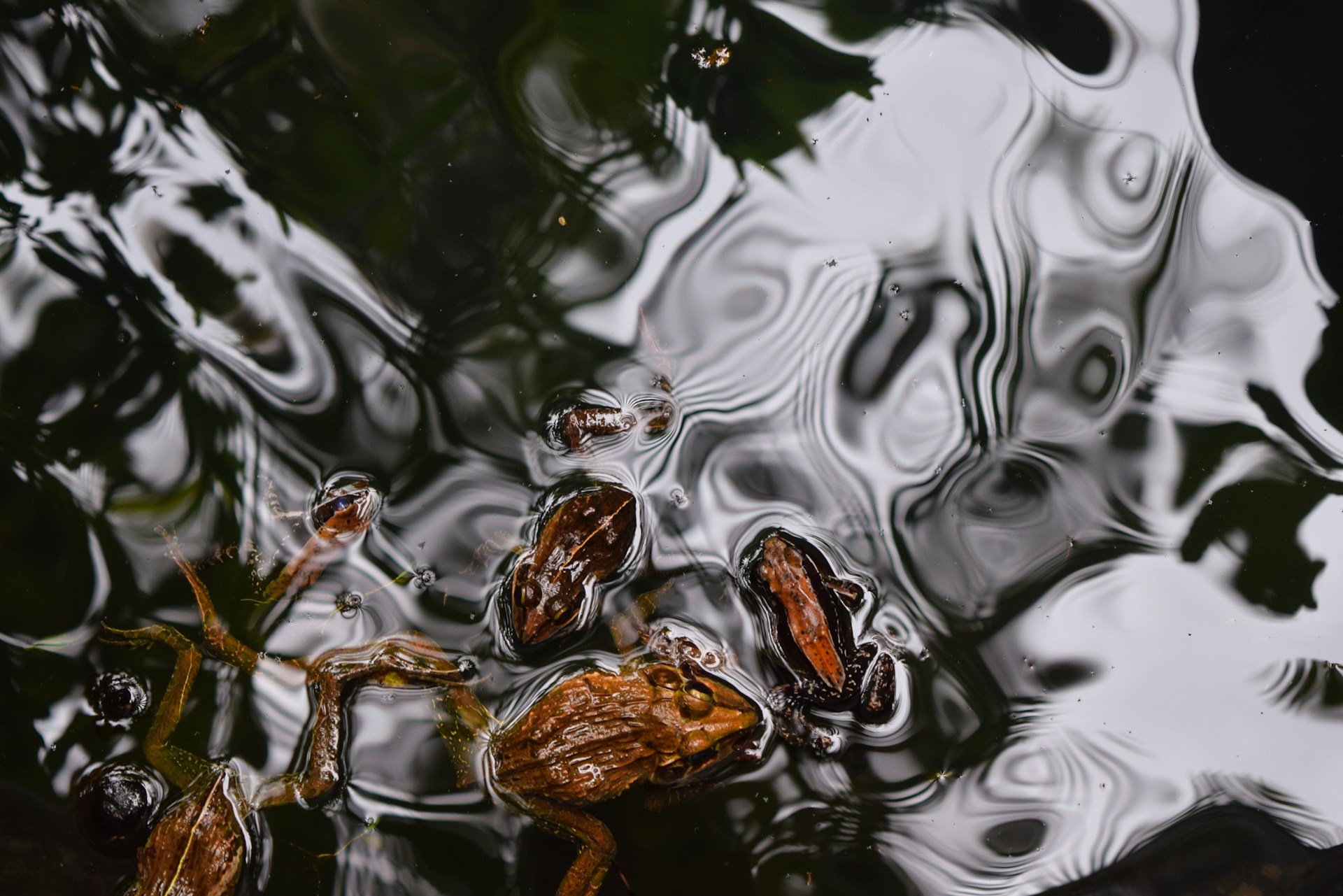The mysterious allure of cats has captivated humans for centuries. These graceful creatures, known for their agility and independence, have a wealth of fascinating facts hidden beneath their silky fur. In this blog post, we’re going to unravel the enchanting world of felines, from the depths of their history to the scientific secrets behind their curious behaviors.

Ancient Beginnings: The Domestication of Cats
Cats have a long history with humans, dating back over 4,000 years. It’s believed that cats were first domesticated in the Near East, where they were valued for their hunting skills in controlling pests. Unlike dogs, who were actively bred and trained by humans, cats largely domesticated themselves by gravitating toward early agricultural settlements where rodents were abundant.
A Stealthy Walk: The Silent Stalkers
Cats are stealthy hunters, known for their silent approach when stalking prey. This extraordinary ability is attributed to specialized muscles and ligaments in their legs that dampen the sound of their footsteps. Even big cats, like lions and tigers, utilize this technique to approach their prey without detection.
The Night Owls: Crepuscular Creatures
Cats are crepuscular, which means they are most active during dawn and dusk. This behavior is thought to be a survival adaptation, as these are the times when many small mammals and birds are active. Their night vision, which is about six times better than that of humans, further aids their hunting endeavors.
Purring: A Multifaceted Mechanism
Cats purr for various reasons, and it’s not just a sign of contentment. While it’s true that cats often purr when they’re relaxed, they also purr when they’re in pain, anxious, or even when giving birth. The exact mechanism behind purring is still not fully understood, but it is thought to be linked to the relaxation of vocal cord muscles.
Whiskers: More Than Just Sensory Organs
A cat’s whiskers are extraordinary sensory organs that help them navigate their surroundings. They’re so sensitive that they can detect even the slightest changes in air currents and pressure. Cats use their whiskers to measure openings, detect nearby objects, and even determine if they can fit through a space.
Communication Through Tail Language
Cats are skilled communicators, and much of their communication occurs through body language, especially their tails. A raised tail often signals friendliness, while a puffed-up tail can indicate fear or aggression. A twitching tail may suggest excitement or irritation. Learning to interpret a cat’s tail language is a crucial skill for feline enthusiasts.

Ancient Egyptian Reverence: Bastet, the Cat Goddess
In ancient Egypt, cats were held in high regard and associated with the goddess Bastet, who represented home, fertility, and childbirth. Harming a cat, even accidentally, was considered a grave offense. Cats were revered to the extent that many families would have them as pets, even going so far as to mummify them for the afterlife.
A Wide Vocabulary: Meow Variations
Cats have an extensive range of vocalizations, and their meows can vary in pitch, tone, and length. Each meow has a distinct purpose, whether it’s to express hunger, frustration, or simply to get your attention. Over time, you may learn to distinguish these subtle vocal cues and understand what your cat is trying to convey.
Cats’ Extraordinary Jumping Skills
Cats are exceptional jumpers. With their powerful hind leg muscles and flexible spines, they can leap up to six times their body length in a single bound. Their agility and precision make them natural climbers and hunters.
The Sandpaper Kiss: Rough Cat Tongues
A cat’s tongue feels like sandpaper due to the tiny, backward-facing spines called papillae. These papillae serve multiple functions, such as grooming, scraping meat from bones, and detangling fur. The unique texture of a cat’s tongue also helps distribute their saliva, which acts as a natural cleaning agent.
The World’s Oldest Pet Cemetery
The ancient city of Bubastis in Egypt is home to the world’s oldest known pet cemetery, where thousands of cat and other animal burials have been discovered. These findings offer a glimpse into the deep connection between cats and humans throughout history.
Cat’s Sixth Sense: Vibrissae
Cats possess vibrissae, commonly known as whiskers, on the backs of their front legs. These whiskers are incredibly sensitive and are believed to help cats detect small movements in the air, assisting them in hunting flying insects.

The Fibonacci Spiral: Cat Sleep Patterns
Cats are renowned for their love of sleep, spending an average of 12-16 hours a day snoozing. Interestingly, they often follow a pattern called the Fibonacci spiral, which allows them to rest while staying alert. This pattern ensures that they can quickly respond to potential threats in their environment.
The world of cats is a mesmerizing blend of history, biology, and behavior. From their stealthy hunting skills to their ancient Egyptian reverence, cats have left an indelible mark on human culture and our hearts. Their enigmatic behaviors and incredible adaptations continue to make them a subject of fascination and admiration. So, the next time you curl up with your feline friend, remember that beneath those soft paws and silky whiskers lies a world of intriguing mysteries waiting to be discovered.





